IS012 - Computational Active Flow and Noise Control
Keywords: Active, computational methods, control, flow, noise
The regulation control of airflow and noise is critically important for numerous applications, particularly those in aerospace, to alleviate the adverse effects of phenomena such as premature boundary-layer transition and stall, cavity flow oscillations, and flow–acoustic instabilities and limit cycle oscillations in aircraft wings and jet and fan noise, among others. In particular, it is estimated that the successful active flow control (AFC) of the boundary-layer transition on aircraft wings has the potential of saving billions of dollars through enhanced aerodynamic efficiency and an extended operational envelope for highly maneuverable aircrafts. While passive flow control approaches are actively utilized due to their relatively easy and inexpensive implementation, active, closed-loop AFC methods in particular may offer significant advantages by virtue of their capability to react in real time to the time-varying sensor measurements of flowfield properties. This enables closed-loop AFC and active noise control (ANC) systems to achieve continual flowfield and noise regulation in the presence of realistic time-varying operating conditions. Such technology generally involves sensors, actuators, and the controllers that have been carefully designed to achieve finite-time state estimation and asymptotic state regulation for a flow dynamic system, provided that a sufficient degree of flow control authority is available. Computationally, both open- and closed-loop AFC and ANC approaches present significant challenges due to the need to accurately resolve inherently unsteady, multi-scale physical phenomena, often involving unsteady fluid–structure interactions and the application of various closed-loop control approaches and reduced-order models. Hence, this Sympozium serves to provide a review and prospective for the state of the art in computational approaches that can be applied to active flow and noise control.

